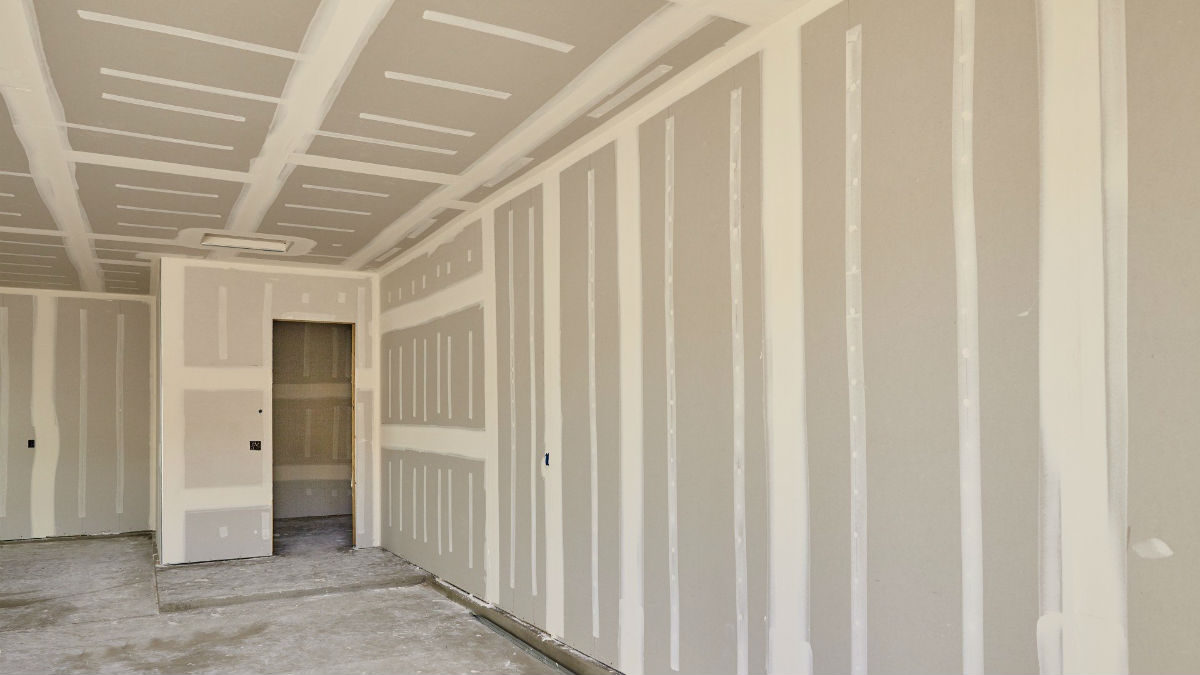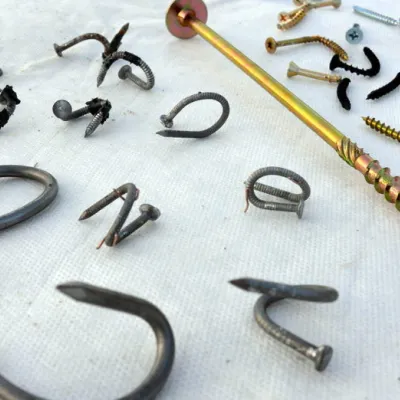What is drywall
Drywall is a modern building material with large panels (usually 1.25 m by 2.50 m) with a gypsum core sandwiched between two dense paper surfaces. These paper covers are often made from recycled paper. One side is smooth and is the front surface, while the other is more like kraft paper. It has replaced older and more time-consuming internal finishing processes involving plaster and shingles. Drywall became popular after World War II as faster and less expensive methods of building homes were developed. Drywall is now the de facto standard for interior wall finishes used in new homes and the repair and renovation of existing homes. The name "drywall" comes from the fact that conventional plastering uses water.

Benefits of drywall plaster
What's good about this product is that it's inexpensive, easy to work with, can be used in a wide variety of applications, and even if your home has plastered walls. A wide range of interior paints and finishes are easy to use with it. Drywall is easy to cut with a sharp knife, and once glued and sanded, it allows you to paint and finish the wall almost immediately. In addition, drywall is non-combustible.
Unique shape and design of gypsum plasterboard panels
The recycled drywall face paper is wrapped around the long panel edges to reinforce and protect the core. The short edges of the panel ends are square and have smooth edges.
Tapered edge
The long edges of the panel are made with a unique tapered edge, which allows you to strengthen the joints with special tape, and then hide them with a special finishing plaster for drywall. Once the joints are "glued and sanded" in a well-done wall, the joints will be virtually invisible.

Types of drywall and their applications
For most residential applications, drywall will be used on walls and ceilings. However, drywall comes in different types, thicknesses, and sheet sizes depending on its application. Let's take a look at the types of drywall you may find in your home or lumber yard and how they are used.
Drywall is 6, 9.5, 12.5 (usually), and 16 mm thick, and panels range in length from 2.4 to 3 m and can be as long as 4.8 m. Panel widths are usually 1,250 mm, and the most common panel size you'll find is a 12.5 mm (half-inch) 1250x2500 mm panel.
Gypsum board is 6 and 9.5 mm thick: Recommended use for residential renovation/reconstruction and typically used in single or double-ply with a small radius curved surface. One common application for these thin and relatively lightweight panels is to cover severely cracked old plastered ceilings to get a nice smooth surface.
Plasterboard is 12.5 mm thick: The most common type used in residential construction. Recommended use for single-layer coatings over posts spaced 400 mm apart. Most door frames and window frames are designed to use 12.5 mm thick drywall.
Gypsum board is 16 mm thick: Recommended use for residential single-ply construction over joists spaced at 600 mm, or where good soundproofing or fire resistance for an hour is required, such as between a garage and a house. Use 16 mm thick pink-colored drywall to achieve an hour rating. Fire-resistant drywall usually has perlite, vermiculite, or boric acid added to increase fire resistance.
Moisture-resistant: Special moisture-resistant drywall is used in humid environments, such as bathrooms, and usually has a green paper surface.



